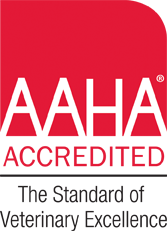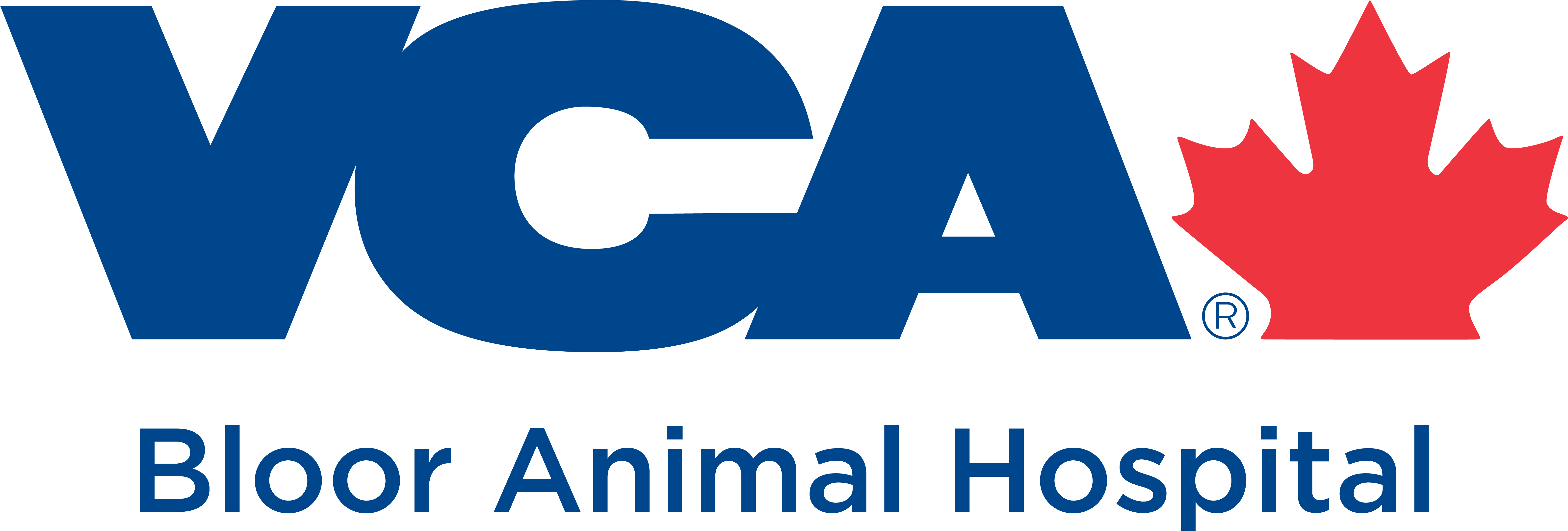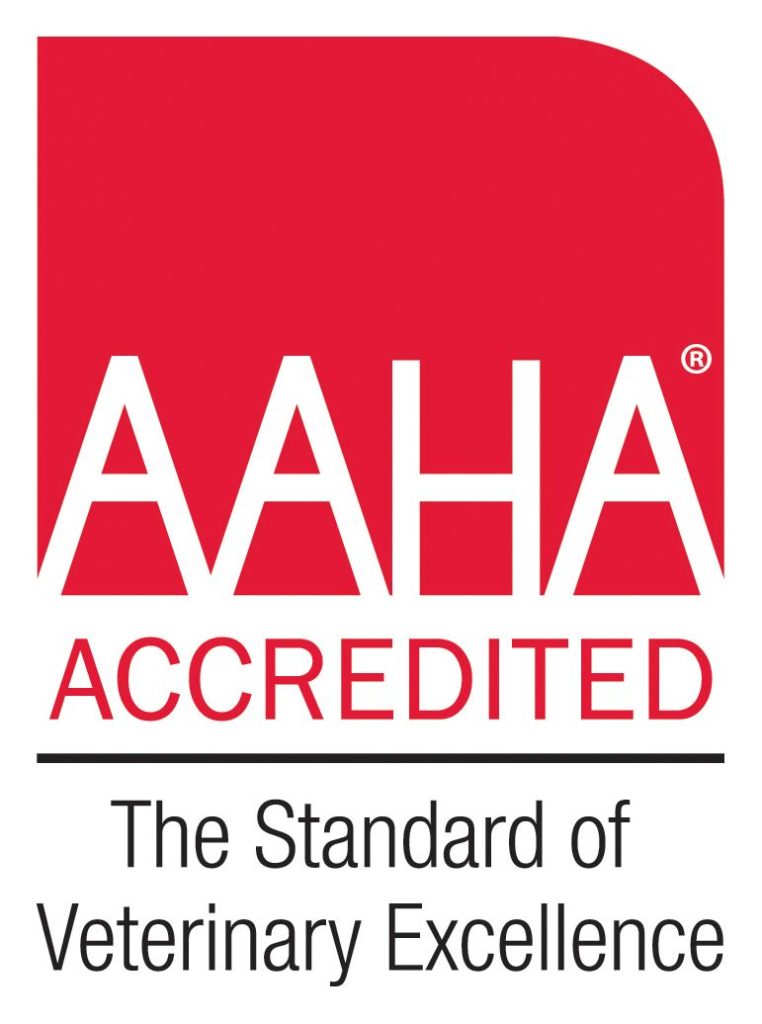 Ever wondered what AAHA means? It stands for the American Animal Hospital Association. AAHA is the premier accreditation for animal hospitals across North America and Bloor Animal Hospital has been an accredited member of AAHA since 2004! This means we have passed a voluntary evaluation of more than 900 standards and that we are dedicated to upholding the highest standard of care for your pet. We are re-evaluated every three years to make sure we are keeping up with industry updates.
Ever wondered what AAHA means? It stands for the American Animal Hospital Association. AAHA is the premier accreditation for animal hospitals across North America and Bloor Animal Hospital has been an accredited member of AAHA since 2004! This means we have passed a voluntary evaluation of more than 900 standards and that we are dedicated to upholding the highest standard of care for your pet. We are re-evaluated every three years to make sure we are keeping up with industry updates.
In 1933 a group of veterinary leaders decided to form an association that would serve as a guideline and a companion accreditation to their profession. The result was the AAHA. In the process of setting “the standard of veterinary excellence,” AAHA’s core mission has always remained the same:
- To enhance the abilities of veterinarians to provide quality medical care to companion animals
- To enable veterinarians to successfully conduct their practices and maintain their facilities with high standards of excellence
- To meet the public’s needs as they relate to the delivery of small animal veterinary medicine
Being an AAHA member is more than just prestige, it is a responsibility! AAHA sets standards for medical care and services for all of its clinics and being a member means having to continually reach and maintain the excellent service expected. It ensures that each and every animal hospital and its doctors stay current with their knowledge of medicine, best practices and standards of care. Thus giving your pet the benefit of the most up-to-date services and industry knowledge.
Some of the AAHA enhanced standards of accreditation cover the following areas:
- Anesthesia: Methods for assessing anesthetic needs in patients and appropriateness of equipment
- Contagious Disease: Protocols, processes and facilities to handle contagious diseases and avoid outbreaks
- Dentistry: Safe dental procedures that protect both the patient and staff member.
- Diagnostic Imaging: Diagnostic imaging protocols that create a safe environment for both the patient and staff members
- Emergency: Equipment handling and process for emergencies
- Examination Room: Properly equipped for thorough examinations
- Housekeeping: Cleanliness
- Laboratory: Laboratory services for the prompt diagnosis of patients
- Medical Records: Continuity of care through medical record details
- Pain Management: Pain assessment, management and training
- Patient Care: Humane and advantageous care to patients during all aspects of their visit
- Pharmacy: Proper handling, storing and dispensing of medications
- Safety: Safety of environment for patients, clients and team
- Surgery: Patient safety in an aseptic environment with appropriate pre- and post-operative considerations
If you have any questions about the AHAA check out their website for more information




